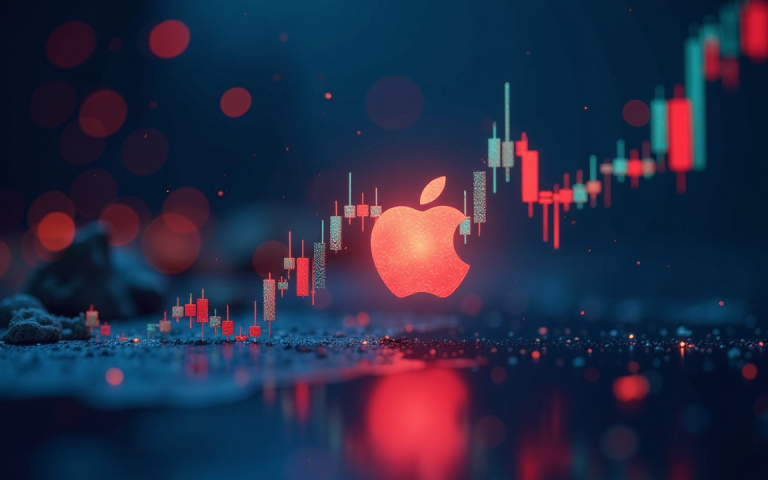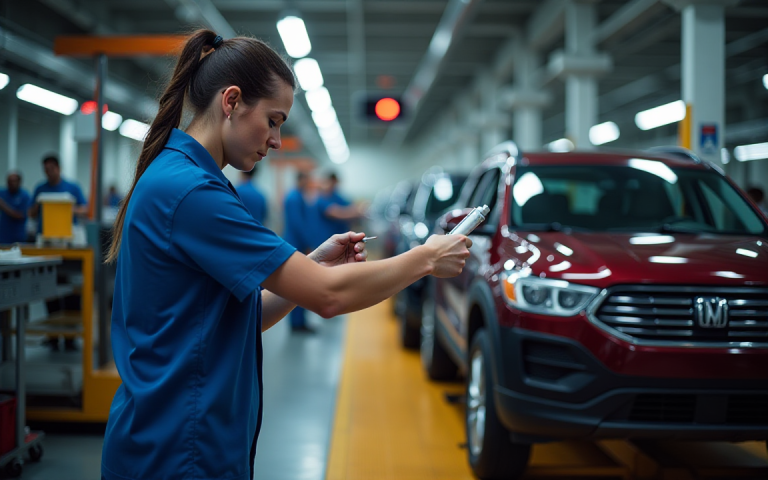The Dow Jones Industrial Average Index has bounced back in the past few months as investors buy the dip and predict that the worst is behind us for now. The index, which tracks diverse companies in the US, has jumped from a low of $36,627 in April to $41,317 today. So, is this the start of a new bull market or is it still good to sell in May and go away?
Why the Dow Jones Index has surged
The Dow Jones and other American indices have soared recently for four main reasons, including:
- The rising odds of talks between the US and China.
- Strong corporate earnings growth.
- Weak US data that raise the odds of a Federal Reserve pivot.
- Strong technicals
The first main reason why the Dow Jones is soaring is that there are signs that the US and China will start talking soon. These talks may push the two to end their virtual embargo as tariffs remain in their triple digits. The US is charging China a 145% tariff, while China is charging 134%.
We reported that China was open to negotiate with the US. And according to the WSJ, the country is considering making an offer on dealing with fentanyl to the US. The US is also considering lowering tariffs at the start of talks.
Further, the Dow Jones Index jumped because of the strong corporate growth. Data shows that the 72% of all companies in the S&P 500 Index have already published their financial results. Of these, the blended earnings growth has been 12.8%, the second-straight quarter of double-digit growth.
Still, analysts believe that these earnings were transitory as they came before the Liberation Day speech that implemented large tariffs. As such, there is a risk that American companies will publish weak results in the coming months.
Weak US data and the Federal Reserve pivot
The Dow Jones Index bounced back after the US published weak economic data. These numbers revealed that the economy contracted a bit in the first quarter as imports surged sharply.
Another report showed consumer confidence tumbled in April, while the core PCE inflation figure dropped sharply.
Therefore, these numbers mean that the Federal Reserve may start its pivot soon. While economists don’t see it slashing rates this week, there is a hope that it will point to a cut in the next meeting in June.
Historically, the Fed tends to cut interest rates when there is a major black swan event such as during the Covid-19 pandemic and the dot-com bubble.
The Dow Jones has also jumped because of the ongoing global stocks jump. Top indices like the Dow Jones, FTSE 100, and CAC 40 have all bounced back lately.
Dow Jones technical analysis
Dow Jones chart by TradingView
The Dow Jones Index has also bounced back because of its strong technicals. It has already jumped above the 50-day Exponential Moving Average (EMA), a sign that it is gaining momentum.
It has jumped above the crucial resistance point at $40,772, the highest swing on April 5. It also rose above the major S/R pivot point of the Murrey Math Lines tool.
Oscillators like the Relative Stregth Index (RSI) and Stochastic have pointed upwards. Therefore, the index will likely continue rising as bulls target the key resistance point at $42,000. A drop below the support at $40,000 will invalidate the bullish outlook.
The post Top reasons the Dow Jones is rising, and next price to watch appeared first on Invezz










